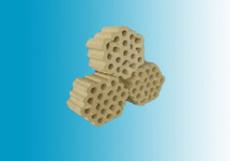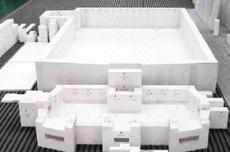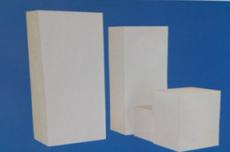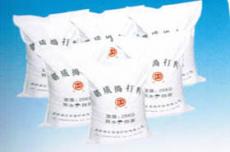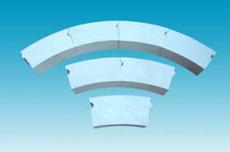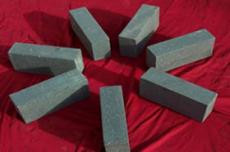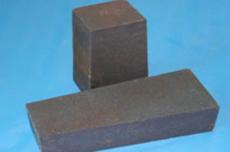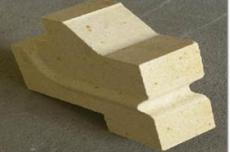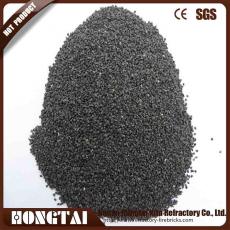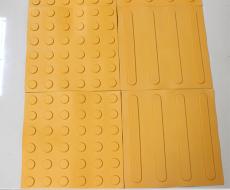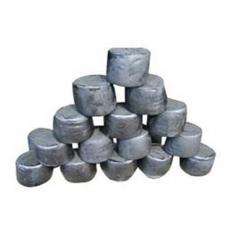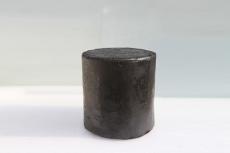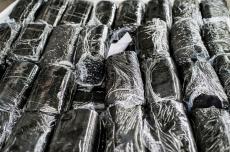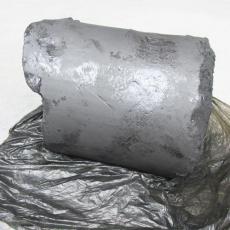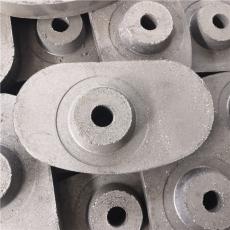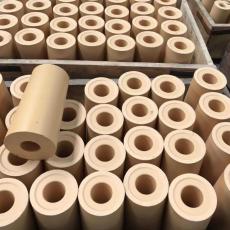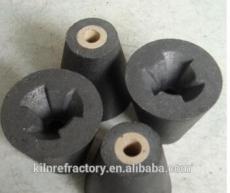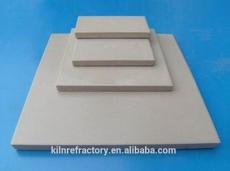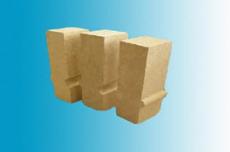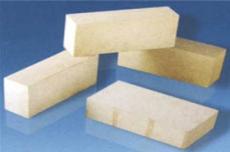
There are significant differences between heavyweight refractory castables and lightweight castables in many aspects. The following are the specific differences between the two:
1. Composition and volume density
Heavy refractory castables:
It is mainly composed of refractory aggregate, powder, binder, admixture and water or other liquid materials.
It has a higher volume density, usually above 2.0, and some are even higher.
High-density constituent materials, such as high-density bauxite particles and powder, give it excellent refractory properties.
Lightweight castables:
It is composed of lightweight aggregate, cementitious materials and additives.
The bulk density is much lower than that of heavy castables, usually below 1.5 or even lower.
The use of materials with low specific gravity, such as floating beads, hollow alumina balls, etc., makes it lightweight.
2. Performance and Application
Heavy refractory castables:
Wear-resistant, high temperature-resistant and erosion-resistant.
It has good high temperature stability and is not prone to creep or structural damage.
It is mainly used in important parts such as high-temperature kilns and boilers, such as the cyclone separator, furnace cavity dense phase area, furnace cavity outlet, etc. of circulating fluidized bed boilers.
Lightweight castables:
Low thermal conductivity and good thermal insulation performance.
Light weight, can effectively reduce the burden on the kiln structure.
It is mainly used as a heat insulation layer to reduce heat loss in the kiln and improve energy efficiency.
3. Construction and water addition
Heavy refractory castables:
High density, relatively less water required.
Good strength and long service life.
Lightweight castables:
The material is light and has high water absorption rate.
The amount of water added is usually much greater than for heavy castables.
During construction, the formwork needs to be painted with waterproof paint to prevent the castable from losing fluidity due to water loss.
4. Binders and Additives
Heavy refractory castables:
The need for binders is relatively low due to its high density.
Lightweight castables:
To increase early strength, more binder is usually added.
The material is light and requires more binder to enhance its structural stability.
5. Price and cost performance
The price of lightweight castables is relatively low, and their excellent thermal insulation properties and low density make them extremely cost-effective in specific application scenarios.
Although heavyweight refractory castables may be more expensive, their excellent refractory properties and high temperature stability make them an ideal choice for high temperature environments.
There are significant differences between heavy refractory castables and lightweight castables in terms of composition, bulk density, performance and use, construction and water addition, binders and additives, as well as price and cost-effectiveness. These differences make the two castables play an indispensable role in industrial production, and their selection should be based on comprehensive considerations based on specific needs and application scenarios.
